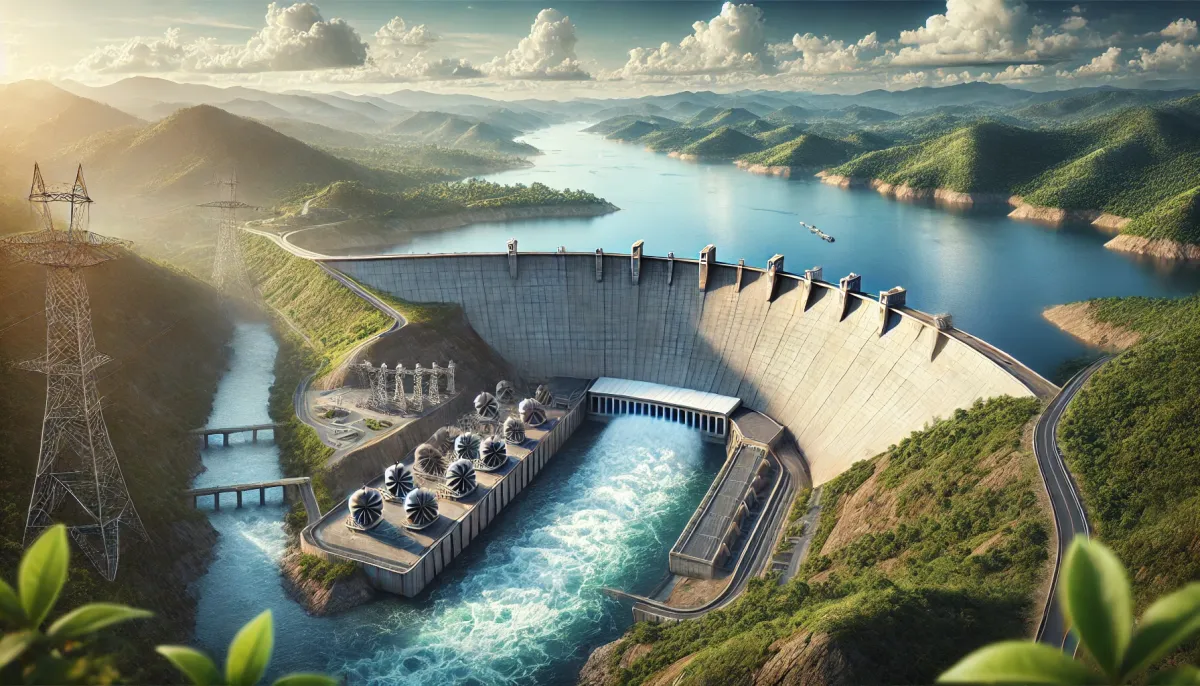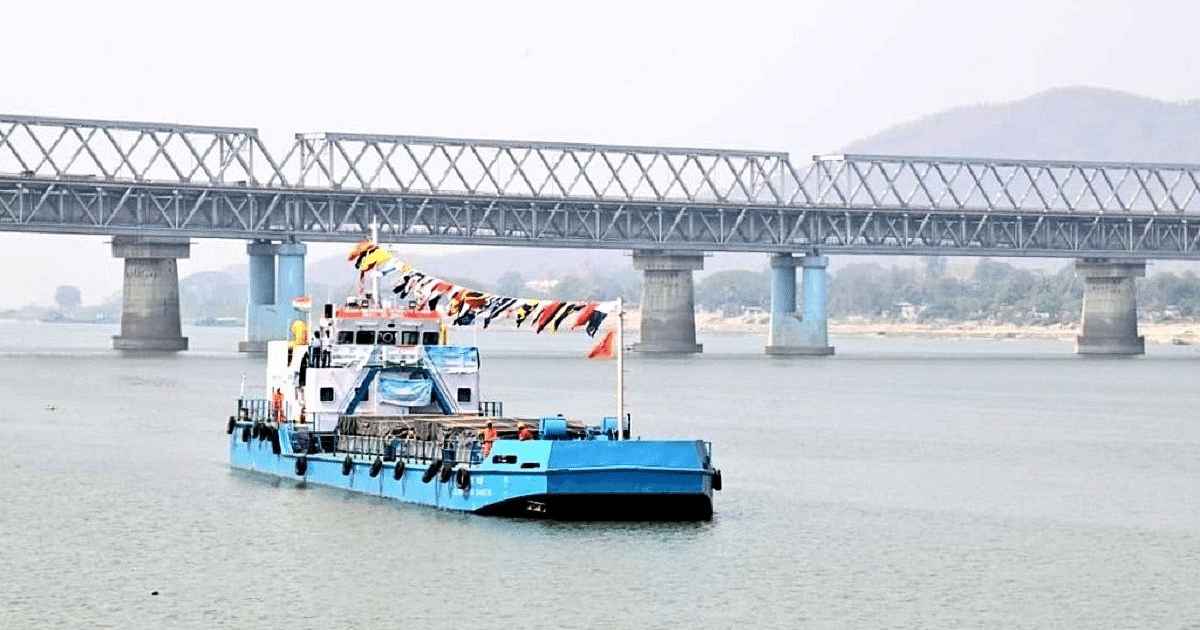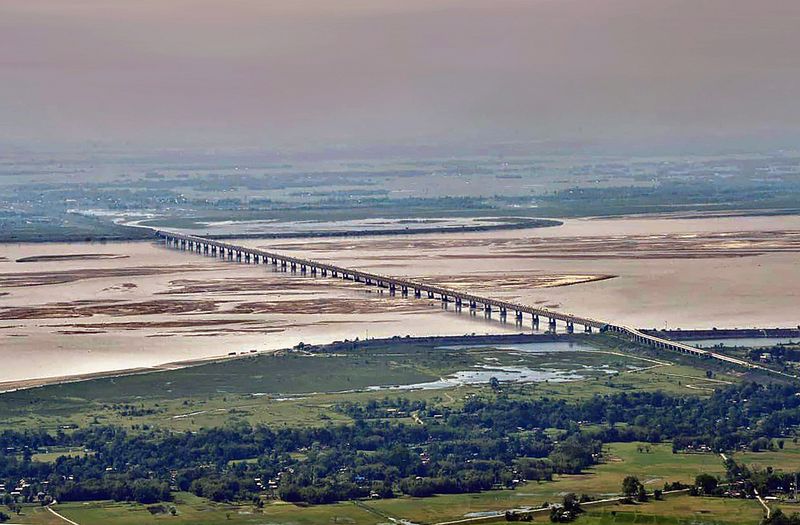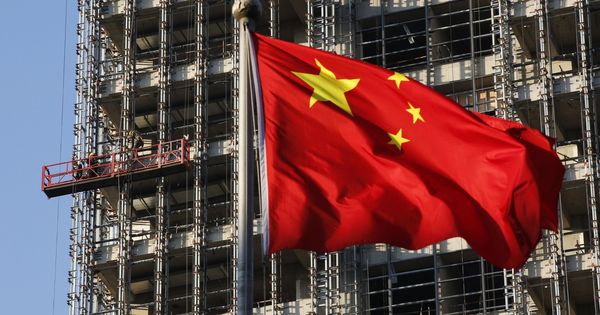

China has approved the construction of the world's largest hydropower dam on the Yarlung Zangbo River in Tibet, near the Indian border. The project, estimated to cost $137 billion, aims to produce 300 billion kilowatt-hours of electricity annually, surpassing the capacity of the Three Gorges Dam. This initiative is part of China's efforts to meet its carbon neutrality goals and stimulate economic growth in Tibet.
The dam will be situated in a region where the Yarlung Zangbo River makes a significant U-turn before entering India through Arunachal Pradesh and Assam, and subsequently flowing into Bangladesh. This location has raised concerns among downstream nations regarding potential impacts on water flow and local ecosystems.
Chinese officials have stated that the hydropower project will prioritize ecological protection and is not expected to significantly affect downstream water supplies. However, the scale of the project and its proximity to the Indian border have led to apprehensions in India and Bangladesh about possible alterations to the river's course and the displacement of local communities.
The dam's construction is anticipated to provide a substantial boost to China's renewable energy capacity and contribute to the economic development of the Tibet Autonomous Region. Nonetheless, the project continues to be a subject of international scrutiny, with neighboring countries closely monitoring its progress and potential implications.
References:
 Swarajya by Kovai Media Private LimitedArjun Brij
Swarajya by Kovai Media Private LimitedArjun Brij
 The TribunePTI
The TribunePTI
 Scroll.inScroll Staff
Scroll.inScroll Staff
Reuters: China to build world's largest hydropower dam in Tibet